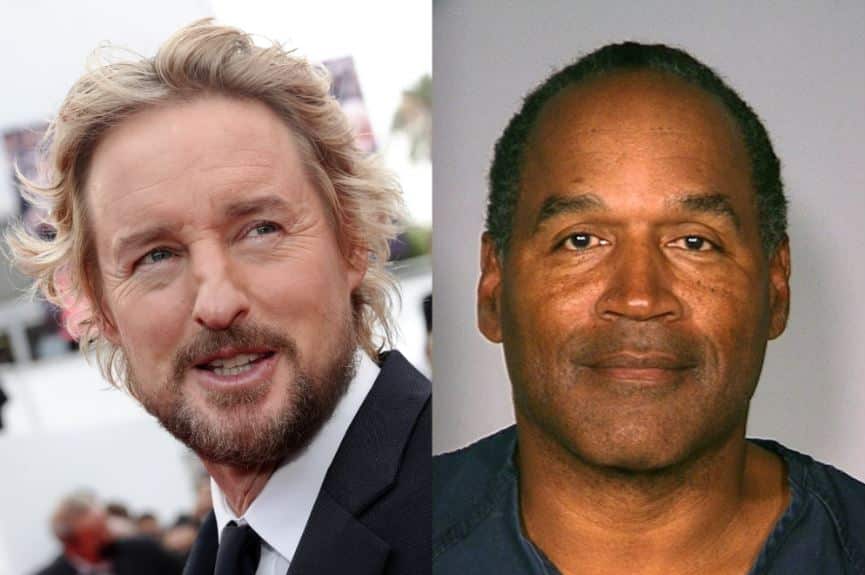You may not have noticed this before, but most clocks you see in advertisements and product listings are set to the same time. More often than not, images of clocks are set to a very specific time for several good reasons – the 10:10 posture. Find out why below.
Featured Image VIA
Analogue Clocks In The Modern Day
Whether it’s part of an ad or to sell the clock itself, it has been an unspoken rule to put the hands at the ten-and-two position like hands at a steering wheel. Ideally, it shouldn’t matter where the hands of a clock lie – it’s a pattern that emerged for several overlapping reasons. The practise has died down in recent years, as digital clocks have overtaken analogue formats for many people, but they’re still around if you look.
The circular analogue format has been abandoned by many people, though familiar formats are still alive through game shows that hinge on spinning wheels with numbers arranged on them. This applies to the digital world too, where iGaming sites host popular live streams for online roulette alongside digital roulette variants. Game shows like the Wheel of Fortune and traditional roulette streams show that formats similar to the analogue clock have appeal in entertainment, even if round clocks are less common nowadays.
That said, many digital alternatives have settings to mimic a circular analogue clock for those who prefer that format. Then there are watches, where there’s a bustling industry of luxury watchmakers, typically Swiss companies. Their products use techniques that have never gone out of style and they invariably come with a circular analogue face. They set their watches at 10:10 for marketing purposes.
Why 10:10 Works
There wasn’t a conspiracy to set all clock and watch faces at 10:10. Instead, it’s something that marketers arrived at over time. This means that the reasons why are mired in theory, though there are some clear practical reasons why 10:10 works. Let’s get those out of the way first.
By placing the hands at 10:10, they aren’t overlapping with one another as analogues do every hour. Then there’s the manufacturer’s logo, often directly above or below the centre of the clock. In each case, putting the hands at 10:10 means the brand and other details on the face won’t be obscured. In fact, brand names above the centre will be framed by the hands, drawing more attention to them. Many analogue clocks also have additional designs and elements at the 3, 6, 9 and 12 points which are left clear at 10:10. Some clocks aren’t set at exactly 10:10, so the design of the 10 and 2 numbers aren’t covered.
So, those are the practical reasons why the 10:10 position is used. It shows off more of the clock, so paying customers see more of it before they buy. Then there are other theories about how it makes customers feel. For instance, clocks at 10:10 are symmetrical which can be naturally pleasing to our eyes.
Other theories include the shape of the hands when they’re set at 10:10. They make a smile, albeit a pointy one, or they can be seen as a V like the victory/peace sign that has positive connotations in many countries. The smile theory may have some credence since, before 10:10, it was more common to see clocks set at 8:20. The 8:20 position has a lot of the same features as 10:10, just inverted. The only difference is that one makes a V and the other makes a pyramid, which could be interpreted as a frown. The smiley 10:10 won out and became the more common marketing setting over time.















